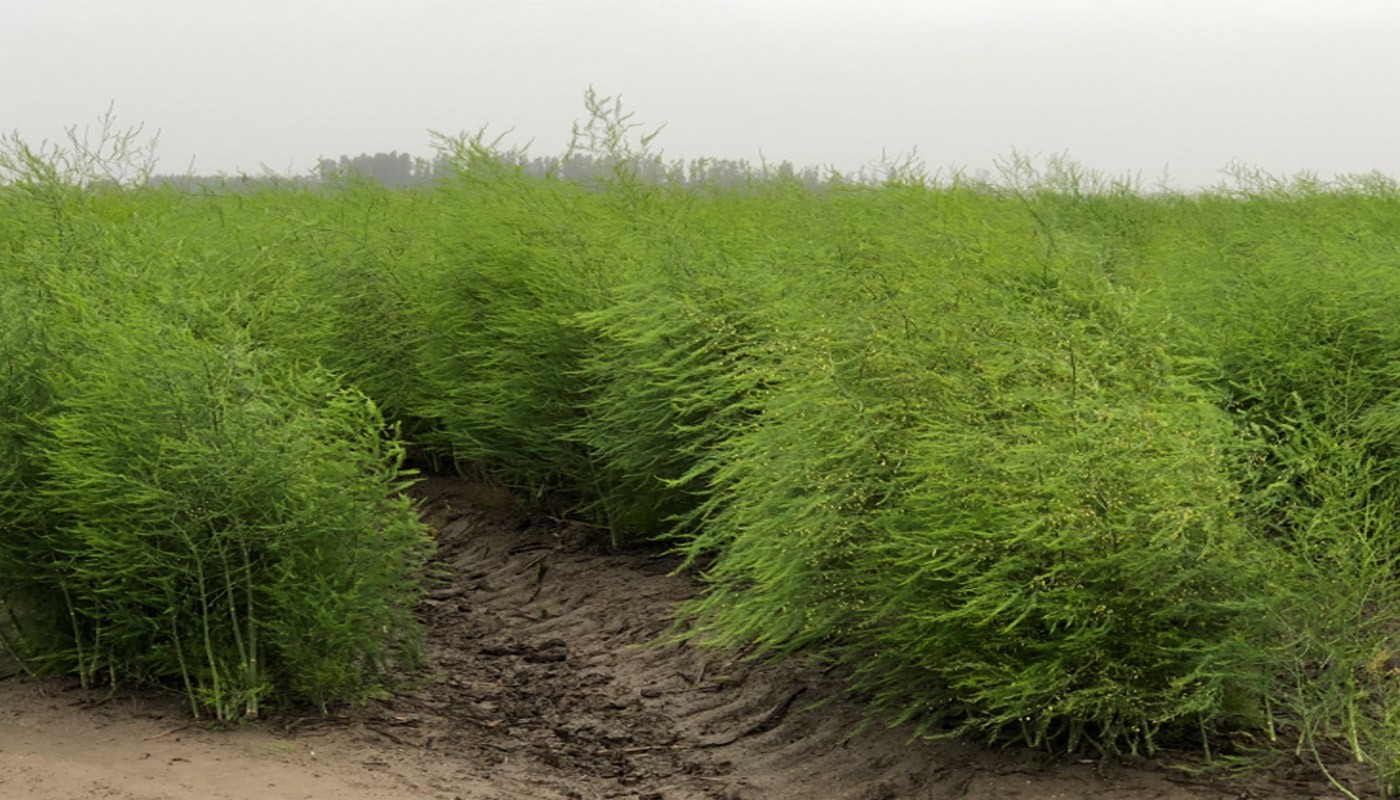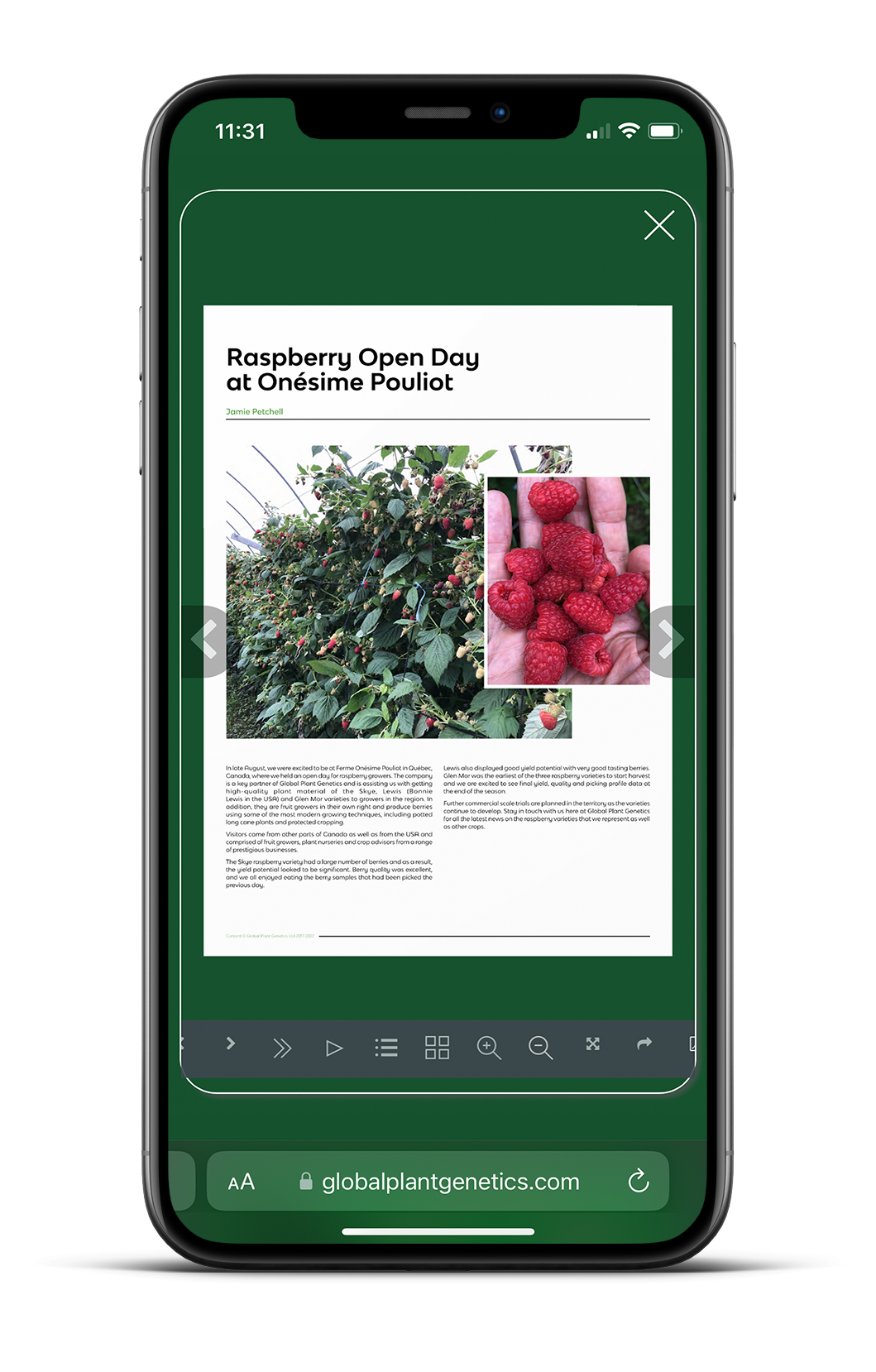Asparagus growers have important decisions to make about when to stop their harvest. It often depends on agronomic, practical and even market factors. The Christmas asparagus market is strong, so it is common to carry on cutting until just after this period to take advantage of the demand. It can also be a difficult time to stop the harvest as there is dearth of skilled workers to carry out the shutdown operations as they are on holidays. Earlier production regions in New Zealand that start in early September will normally stop harvesting in early to mid-December after 100 days of harvest. Some growers may even continue up to 120 days. Late production areas can go until the end of January, but the harvest will also have started commensurately later. Root carbohydrate measurements are used by some asparagus producers to guide them in their harvest end decision making process.
The use of irrigation is unusual in New Zealand asparagus production as annual rainfall generally renders it unnecessary. Average annual rainfall is in the region of 1400mm and includes summer rains. Some growers on the North Island in the Hawkes Bay zone will use irrigation as required by the season. As far as fertiliser regimes are concerned, the general rule of thumb is to apply all nutrients at the end of the harvest. Some producers might go with split applications at the end of harvest and again during the summer. Actual fertiliser rates always depend on soil type, but general annual applications are in the region of 100kg / ha of Nitrogen, 75kg / ha of Potassium and 50-75kg / ha of Phosphorus.
Diseases tend to be more of an issue in New Zealand asparagus than pests. The largest soil-borne problem is with Phytophthora and this was covered in detail in part 2 of the blog post. As in most temperate climates, Stemphylium can be an issue in both fern and on the spears themselves. Neither rust nor Botrytis are considered as diseases known to occur in commercial asparagus production. As far as crop pests are concerned, there are very few that affect asparagus production in the country. Thrips can be an issue on exported asparagus spears as they are a quarantine pest in Japan. These can be controlled by a dip in warm water (27C) with a detergent to cook the pest but not the asparagus. Neither asparagus beetle nor asparagus aphid are known to occur. Growers never spray their asparagus fern for pest problems.
Fern disease spray programs are also less intense than in many asparagus production regions around the world. It is more common to spray fern in the wetter climates of New Zealand. Even in these a standard program would include 1-3 spray applications. Drier areas often do not require any fungicide applications at all to the fern.
That is it for part 3 of this blog post on asparagus production in New Zealand. The final part will follow shortly and will look at topics such as challenges and opportunities for the sector in the near future.

